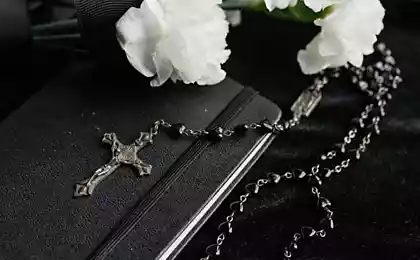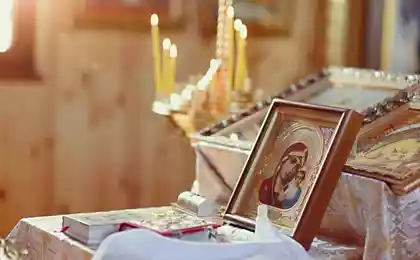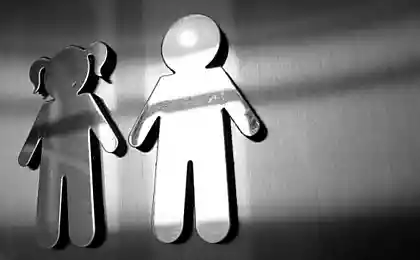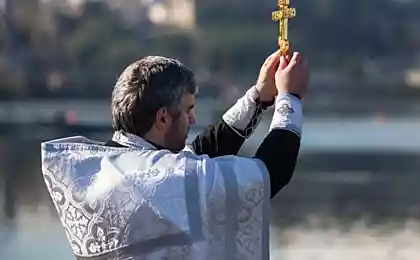205
Stop and look at your cross! If you see a crucifix or other symbols...
What it should be. cross? Wooden or gold, large or small, with or without a crucifix, or perhaps with the image of other saints? What about body icons? These questions haunt many laity.
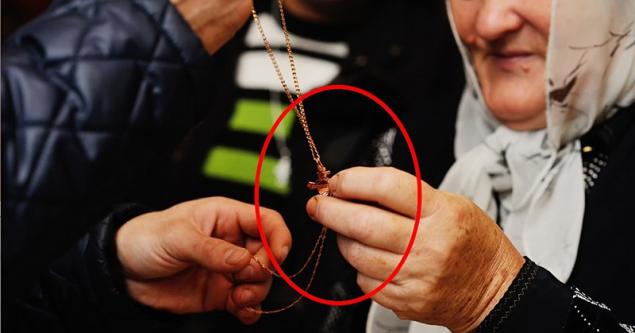
I remember that even in school times, on excursions in one of the Christian cathedrals, all participants at the entrance were distributed crosses. Those who wore their shirts were asked to take it off and wear a church dress. They explained this by the fact that ours is only an ornament, and it is impossible to enter the temple without a consecrated cross.
Today's edition. "Site"I have studied Orthodox iconography and will tell you what cross an Orthodox Christian should wear. As the Scriptures say, “I do not wish to boast except by the cross of our Lord Jesus Christ, by which the world was crucified for me, and I for the world” (Galatians 6:14).
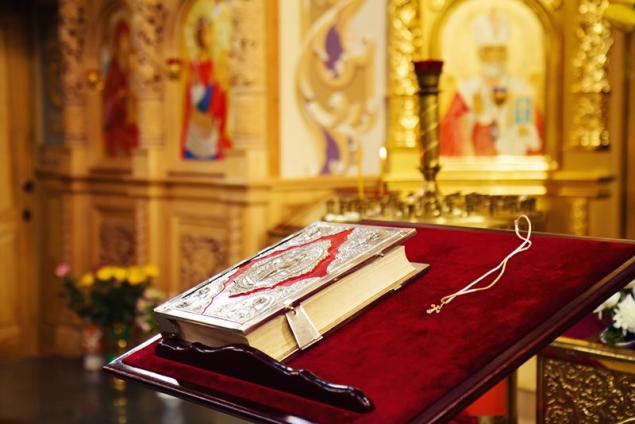
DepositPhotos
In the Orthodox world, opinions about the paternal cross differ. Some priests strictly forbid wearing a cross without a crucifix and the inscription "Save and preserve", while others, on the contrary, do not attach much importance to this and recommend wearing simple crosses, without inscriptions and images.
The only thing that agrees is that the cross must be consecrated. The material from which it is made is not important. It is strictly forbidden to talk about the religious advantages of expensive crosses over simple ones, because this will not affect the quality of the holy power of the cross. One should not honor gold and silver, but the power and image on the cross.
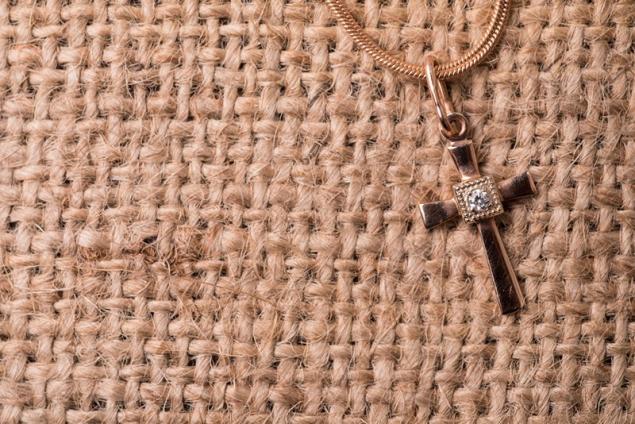
DepositPhotos Orthodox cross can be eight-pointed, six-pointed, four-pointed drop-shaped, shamrock or Latin four-pointed.
The image of the crucifixion is the subject of fierce disputes between representatives different denominations. Catholics believe that Jesus was crucified on the cross with three nails, Orthodox, four. Therefore, on a Catholic cross, the Savior’s feet are thrown one on top of another, and on an Orthodox cross they are located next to each other.
Historically, the crucified Jesus on the cross did not appear until the fourth century. Until that time, only the image of the cross was venerated. It was only in the fifth century that the tradition of depicting the crucified Christ took root. Hence the conclusion that it is permissible for a believing Orthodox Christian to wear a cross with and without crucifixion.

The combination of the crucifixion and the cross was finally justified in 692 in the 82nd rule. Trull Cathedral. The canon of the iconographic Orthodox image of the crucifixion was established on it, which shows both the death and the victory of the Savior. Catholics did not accept these rules and the symbolic representation of Christ. They established a new type of crucifixion, in which the features of human suffering and the torment of the cross prevail.
Therefore, the strictness of some Holy Fathers regarding inscriptions and crucifixion is quite understandable. The crucifixion symbolizes faith in Christ, who died and rose again for our salvation. The crucifixion is another visible symbol of the Christian faith.
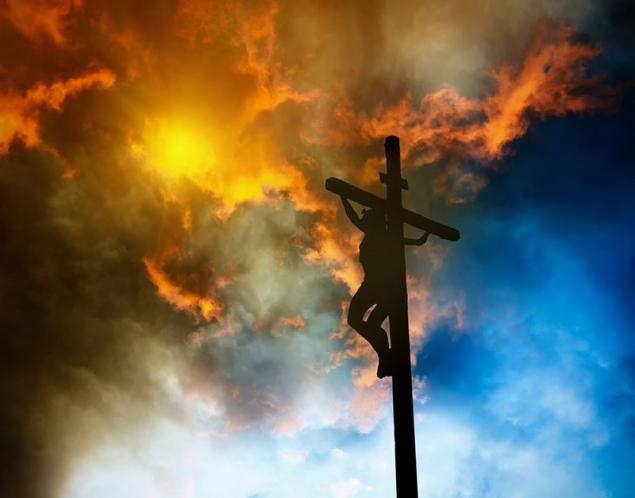
DepositPhotos Holy John of Kronstadt The Byzantine four-pointed cross is actually a “Russian” cross, since, according to Church Tradition, the holy Equal-to-the-Apostles Prince Vladimir took from Korsuni, where he was baptized, just such a cross and was the first to install it on the banks of the Dnieper in Kiev. A similar four-pointed cross was preserved in the Kiev Sophia Cathedral, carved on a marble board of the tomb of Prince Yaroslav the Wise, the son of St. Vladimir. It is necessary to venerate both, since the form of the cross itself for believers does not have a fundamental difference.”
igumen LucaIn the Orthodox Church, its holiness does not depend on the form of the cross, provided that the cross is made and consecrated precisely as a Christian symbol, and not originally made as a sign, for example, of the sun or part of a household ornament or decoration.
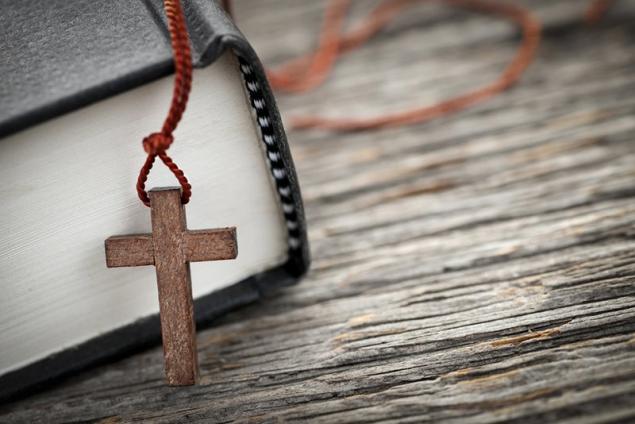
DepositPhotos
The main rule of the Christian is flaunt And don't make jewelry out of it. The cross should be worn humbly, not forgetting what it really means. The cross is a symbol, and the crucifix is an image that inspires prayer.
Only Old Believers hold an opinionThere should be no crucifixion on the cross. The image of the Holy Crucifixion can only be worn by priests, and this is a very strict rule. Also in the old-believers traditions, the concepts of the female and male cross are still preserved. In modern Orthodoxy there is no such severe division.
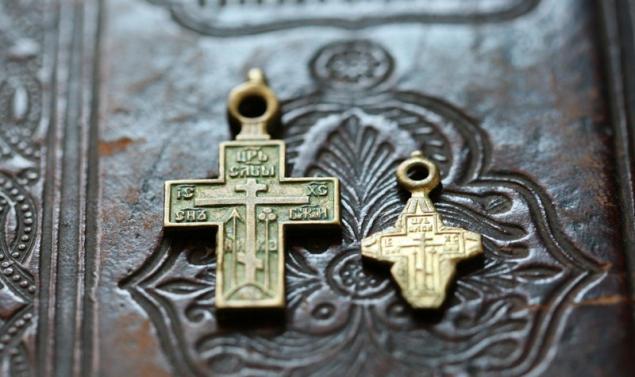
If you doubt it, Can I wear a cross with a crucifix?Don't hesitate to ask the priest. Remember, the most important thing is to be baptized in the Orthodox Church, pray daily to our Lord, regularly visit the church, perform the Sacrament of Repentance and Holy Communion.
And what to do with the cross of a deceased person, can it be stored, or is it better to put it in the coffin of the deceased? The spiritual fathers do not make a general recommendation. You can leave it as a memory, you can bury it. You can even wear such a cross, but only after consecration.
You think it's better. Purchase an Orthodox cross With or without a crucifix? Write us an answer in the comments. Press the “Share on Facebook” button to tell your friends what cross an Orthodox Christian should wear. God bless you!

I remember that even in school times, on excursions in one of the Christian cathedrals, all participants at the entrance were distributed crosses. Those who wore their shirts were asked to take it off and wear a church dress. They explained this by the fact that ours is only an ornament, and it is impossible to enter the temple without a consecrated cross.
Today's edition. "Site"I have studied Orthodox iconography and will tell you what cross an Orthodox Christian should wear. As the Scriptures say, “I do not wish to boast except by the cross of our Lord Jesus Christ, by which the world was crucified for me, and I for the world” (Galatians 6:14).

DepositPhotos
In the Orthodox world, opinions about the paternal cross differ. Some priests strictly forbid wearing a cross without a crucifix and the inscription "Save and preserve", while others, on the contrary, do not attach much importance to this and recommend wearing simple crosses, without inscriptions and images.
The only thing that agrees is that the cross must be consecrated. The material from which it is made is not important. It is strictly forbidden to talk about the religious advantages of expensive crosses over simple ones, because this will not affect the quality of the holy power of the cross. One should not honor gold and silver, but the power and image on the cross.

DepositPhotos Orthodox cross can be eight-pointed, six-pointed, four-pointed drop-shaped, shamrock or Latin four-pointed.
The image of the crucifixion is the subject of fierce disputes between representatives different denominations. Catholics believe that Jesus was crucified on the cross with three nails, Orthodox, four. Therefore, on a Catholic cross, the Savior’s feet are thrown one on top of another, and on an Orthodox cross they are located next to each other.
Historically, the crucified Jesus on the cross did not appear until the fourth century. Until that time, only the image of the cross was venerated. It was only in the fifth century that the tradition of depicting the crucified Christ took root. Hence the conclusion that it is permissible for a believing Orthodox Christian to wear a cross with and without crucifixion.

The combination of the crucifixion and the cross was finally justified in 692 in the 82nd rule. Trull Cathedral. The canon of the iconographic Orthodox image of the crucifixion was established on it, which shows both the death and the victory of the Savior. Catholics did not accept these rules and the symbolic representation of Christ. They established a new type of crucifixion, in which the features of human suffering and the torment of the cross prevail.
Therefore, the strictness of some Holy Fathers regarding inscriptions and crucifixion is quite understandable. The crucifixion symbolizes faith in Christ, who died and rose again for our salvation. The crucifixion is another visible symbol of the Christian faith.

DepositPhotos Holy John of Kronstadt The Byzantine four-pointed cross is actually a “Russian” cross, since, according to Church Tradition, the holy Equal-to-the-Apostles Prince Vladimir took from Korsuni, where he was baptized, just such a cross and was the first to install it on the banks of the Dnieper in Kiev. A similar four-pointed cross was preserved in the Kiev Sophia Cathedral, carved on a marble board of the tomb of Prince Yaroslav the Wise, the son of St. Vladimir. It is necessary to venerate both, since the form of the cross itself for believers does not have a fundamental difference.”
igumen LucaIn the Orthodox Church, its holiness does not depend on the form of the cross, provided that the cross is made and consecrated precisely as a Christian symbol, and not originally made as a sign, for example, of the sun or part of a household ornament or decoration.

DepositPhotos
The main rule of the Christian is flaunt And don't make jewelry out of it. The cross should be worn humbly, not forgetting what it really means. The cross is a symbol, and the crucifix is an image that inspires prayer.
Only Old Believers hold an opinionThere should be no crucifixion on the cross. The image of the Holy Crucifixion can only be worn by priests, and this is a very strict rule. Also in the old-believers traditions, the concepts of the female and male cross are still preserved. In modern Orthodoxy there is no such severe division.

If you doubt it, Can I wear a cross with a crucifix?Don't hesitate to ask the priest. Remember, the most important thing is to be baptized in the Orthodox Church, pray daily to our Lord, regularly visit the church, perform the Sacrament of Repentance and Holy Communion.
And what to do with the cross of a deceased person, can it be stored, or is it better to put it in the coffin of the deceased? The spiritual fathers do not make a general recommendation. You can leave it as a memory, you can bury it. You can even wear such a cross, but only after consecration.
You think it's better. Purchase an Orthodox cross With or without a crucifix? Write us an answer in the comments. Press the “Share on Facebook” button to tell your friends what cross an Orthodox Christian should wear. God bless you!
In order not to rub my feet in summer shoes, I always bring them with me. 8 effective tools!
What things steal comfort in the house and where to put them

